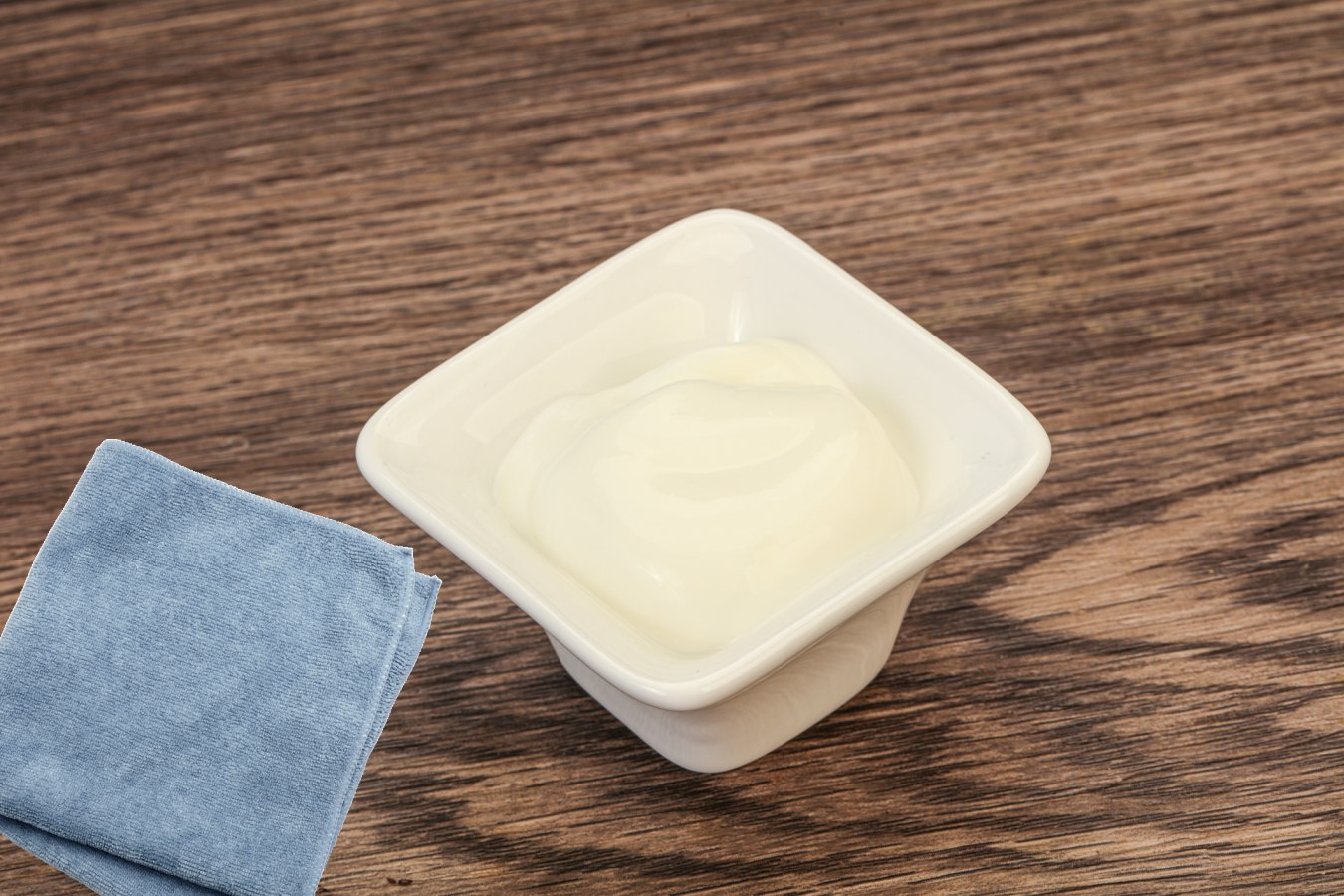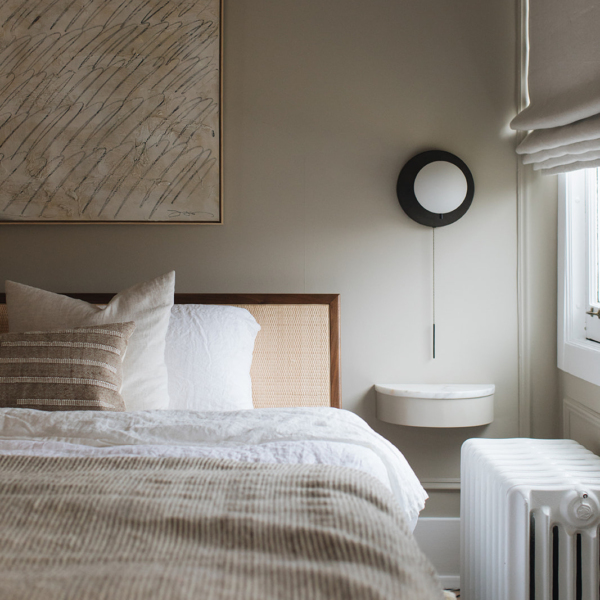It turns out the jar of mayo in your fridge is good for more than making sandwiches.
The ingredients in mayonnaise—vinegar or lemon juice, egg yolks, and oil—are cleaning powerhouses. The vinegar or lemon juice makes mayonnaise acidic, capable of breaking down grime and adhesive. The oil is a lubricant and glosser.
While mayo doesn’t have the best smell, it can help you tackle household jobs when you’re out of other cleaners. However, to prevent bacteria contamination, it’s essential to have your own “cleaning” jar of mayo separate from the one you use to eat.

Warning: Before You Clean With Mayo
Due to its oily nature, mayonnaise can stain or ruin certain materials. Always do a patch test in an inconspicuous spot before using mayo to clean or shine.
Remove Crayon Marks From the Wall
Mayo can remove crayon marks on the wall if you have a shiny paint sheen like satin or semi-gloss. (Don’t try this if you have matte or flat paint; the mayo can cause staining.)
- Apply a thin layer of mayo to the wall
- Let it sit for a couple of minutes
- Wipe with a damp cloth and then dry with a fresh towel
Pull Water Marks Out of Wooden Tables
If someone placed a drink on your wooden table without using a coaster, leaving an ugly watermark, all hope is not lost. Mayo can help erase the watermark and restore your wood.
Wipe a layer of mayo over the water ring, let it sit for two minutes, wipe it off with a paper towel, and then buff the area with a soft cloth.
Remove Sticky Fingerprints From Stainless Steel Appliances
When regular stainless steel cleaner isn’t cutting it, pull out your jar of mayo. The oils in mayo will break down sticky fingerprints, making them easy to wipe away.
Wipe a thin layer of mayo over the problem areas, and then use a soft, lint-free cloth to wipe it away and buff the stainless steel.
Clean Sticker/Adhesive Residue
Often, sticky residue remains after you peel labels off products. To get rid of the residue, apply a thick layer of mayo and let it sit for five minutes. Wipe it away with a paper towel and scrub with a damp microfiber cloth.
Remove Scuffs in Hardwood Floors
Dried-out hardwood floors are prone to surface scratches and scuffs. Mayo can fill them in, making them unnoticeable.
- Clean your hardwoods as usual to remove all surface-level dirt.
- Allow the floors to dry.
- Apply a layer of mayo to the scratches and let it sit for at least one hour.
- Use a cloth to remove the mayo.
*Perform a test in an inconspicuous spot before repairing large scratches on the floor.
Shine Houseplant Leaves
You can use mayo to shine the leaves of faux and real houseplants. (Not recommended for finicky, real houseplants.)
Apply a small dollop to each plant leaf and use a damp cloth to rub it in.
Polish Wood Furniture
Just like you can fill in scratches on wood floors, you can polish your wood furniture with mayo. Add a dollop to your wood furniture and spread it with a soft cloth. Let it sit for at least an hour so that oils have time to penetrate the wood, and then wipe it off.
Clean Paint Splatters
Since mayo contains oil and acids, it can break down paint splatters and drips if they haven’t yet cured.
- Add a thick layer of mayo over the paint splatter
- Let it sit for five minutes
- Wipe away
- If the paint doesn’t come with wiping, use a credit card to scrape the paint splatter off the surface


